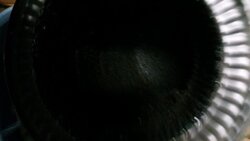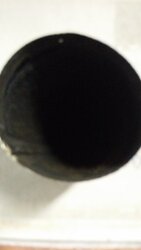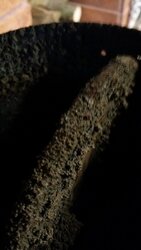Hello Guys,
This morning I decided to finish the instal of my CFM - FW240007. I notice a lot of dust/creosote in the 90 degree angle going to the chimney. Is it due to the fact that I placed a flue key on the pipe underneath the elbow?
I have included some pictures so you see what I am talking about.
Thanks for all the comments.
Damien
PS Lucky that is is 60 degrees outside today. Hope to have the stove back up and running by tonite since it will be in thirties tomorrow.
This morning I decided to finish the instal of my CFM - FW240007. I notice a lot of dust/creosote in the 90 degree angle going to the chimney. Is it due to the fact that I placed a flue key on the pipe underneath the elbow?
I have included some pictures so you see what I am talking about.
Thanks for all the comments.
Damien
PS Lucky that is is 60 degrees outside today. Hope to have the stove back up and running by tonite since it will be in thirties tomorrow.




